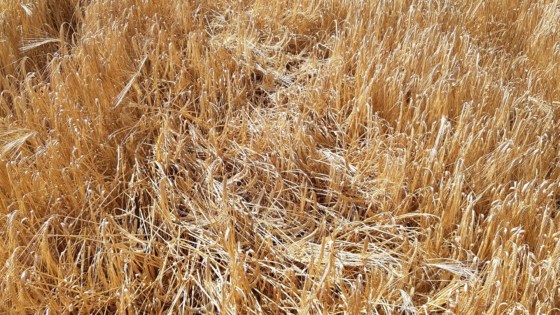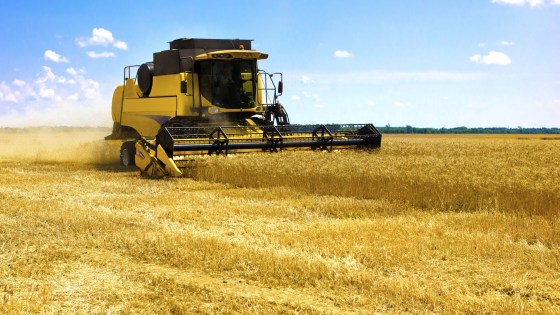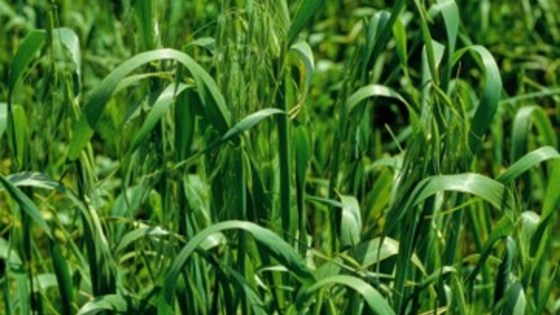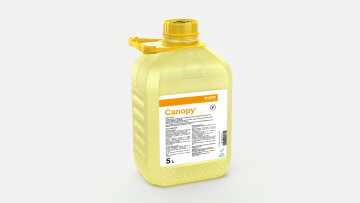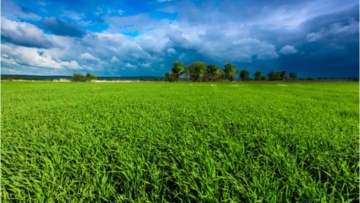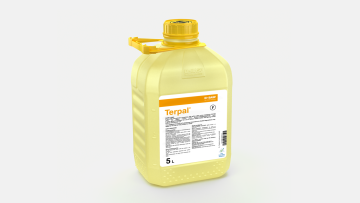Three key lodging risk factors
Crop variety: Varieties with a resistance to lodging score of 7 or less on the AHDB Recommended List should be considered at risk of lodging.
Yield potential: A higher yielding crop will produce heavier ears, putting greater weight on the stem and increasing the lodging risk. For winter wheat, it has been estimated that each tonne per hectare above 9 t/ha, reduces the resistance to lodging score by 0.5 points.
Spring canopy size: Sowing date, establishment, available nitrogen and over winter temperatures all affect the size of the crop canopy and can be measured by its Green Area Index (GAI), the amount of green tissue per m2 of ground.
Dr Pete Berry discusses when to apply PGRs and the main benefits they offer.
How to get the most out of your PGR application
PGRs act by inhibiting cell growth making the plant shorter. PGRs work best when the crop is actively growing, although Canopy and Medax Max will work at lower temperatures due to benefits of combined active ingredients
To manage growth throughout the plant's entire lifecycle, a split dose, up to GS30 and GS31-32 will bring better results and if there is a high lodging risk, any applications may have to be followed up at GS37-39.
Scroll through the below images for more information on when to apply a reliable and flexible PGR such as Canopy or Medax Max, and the benefits they offer.


